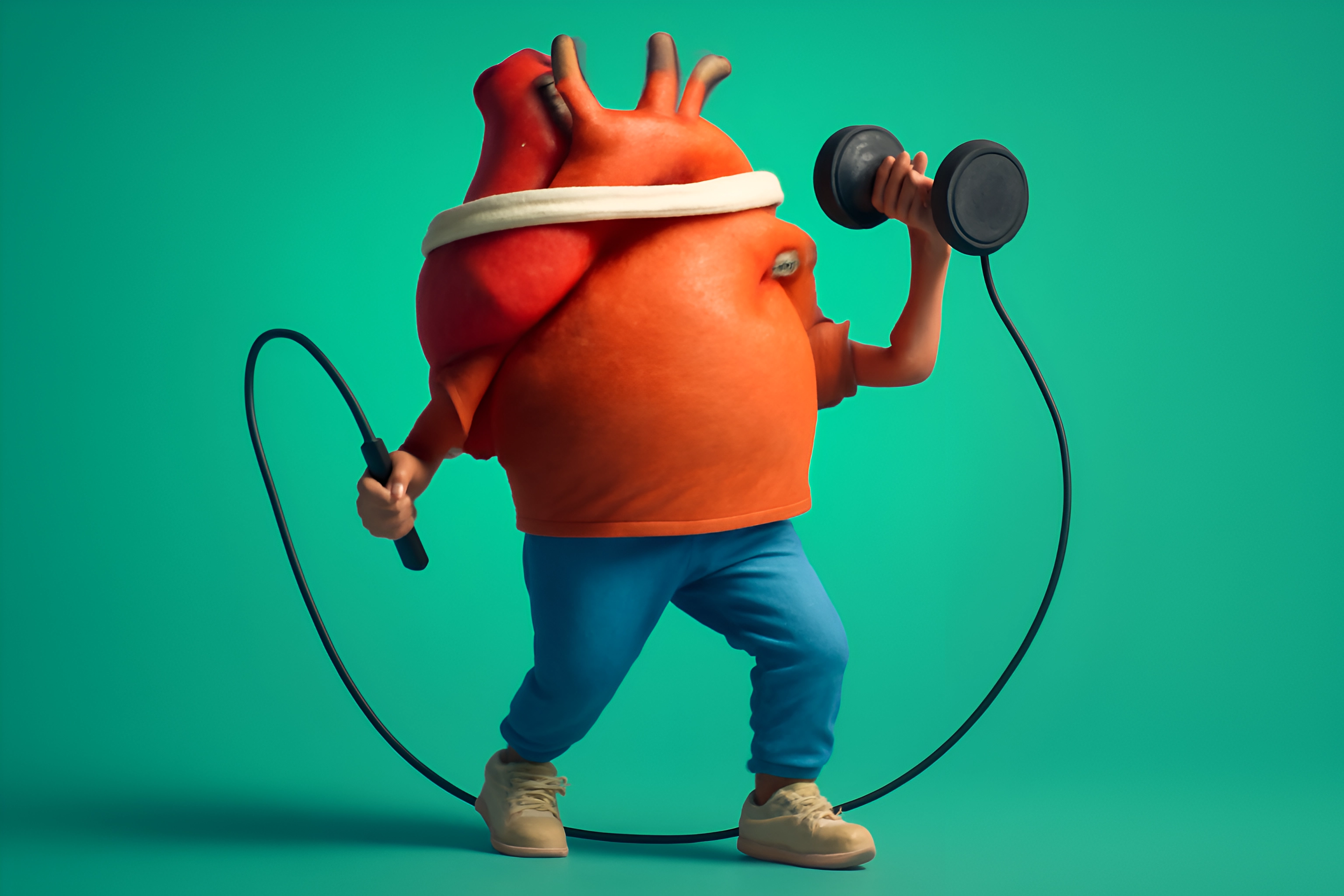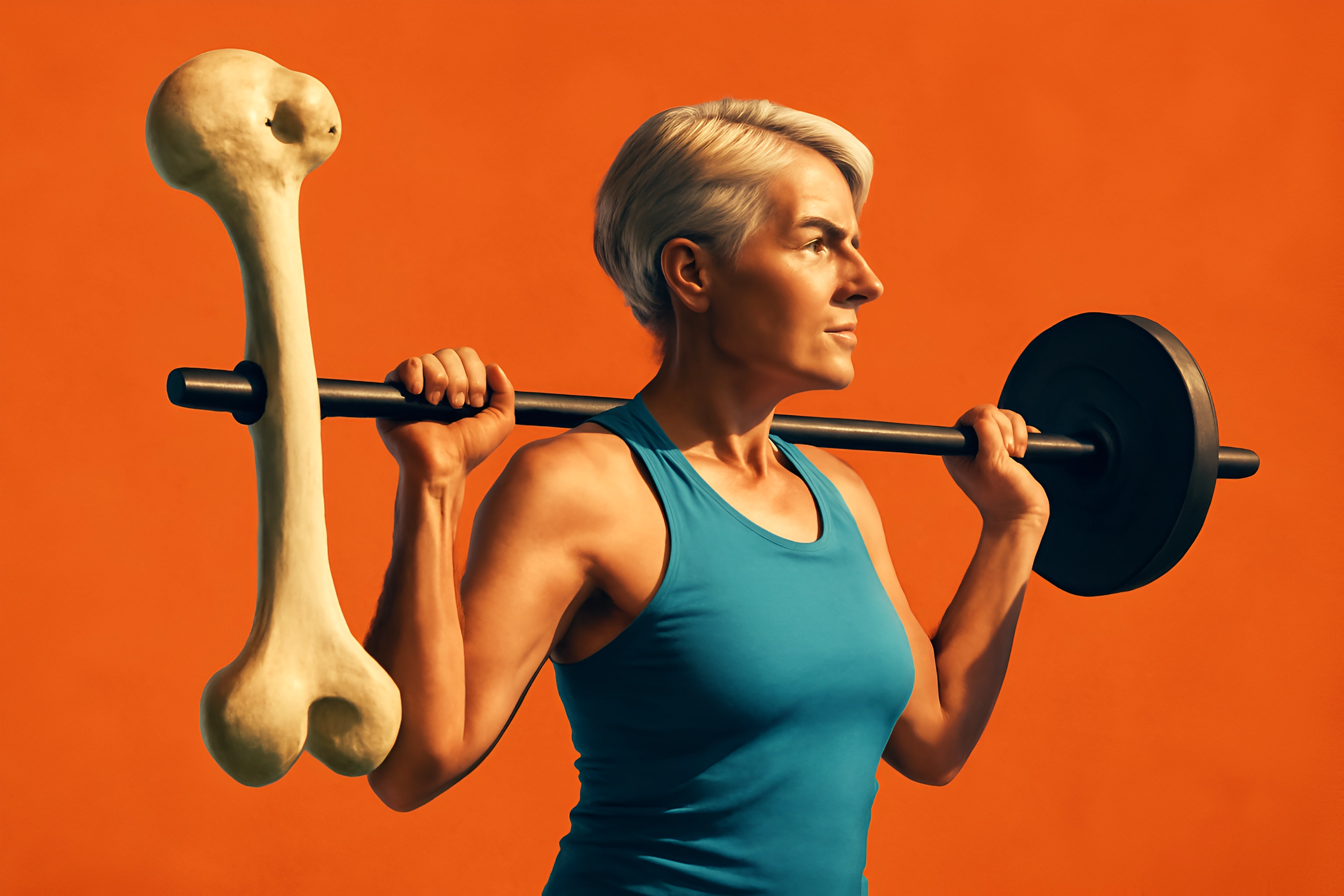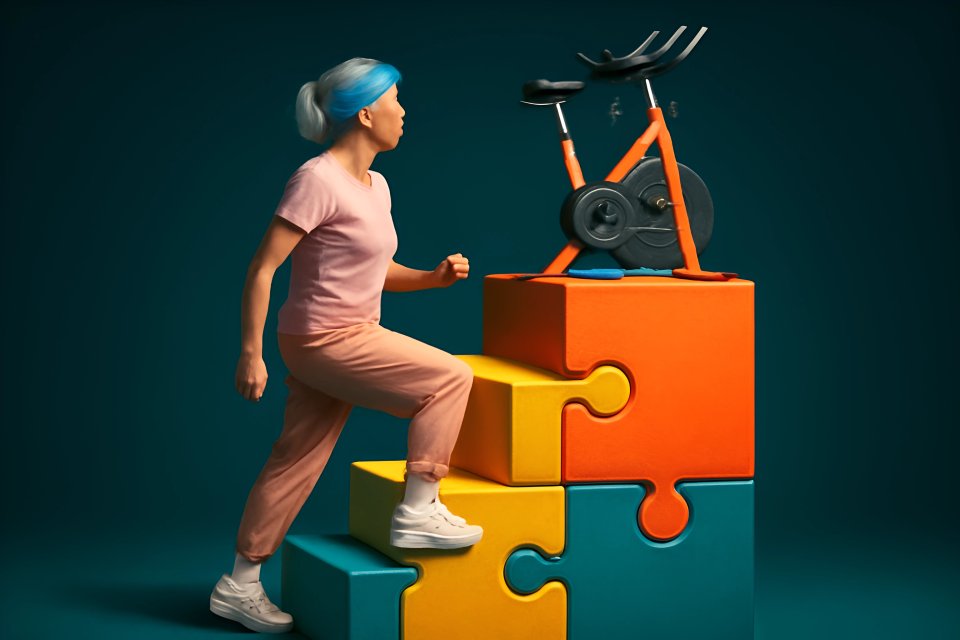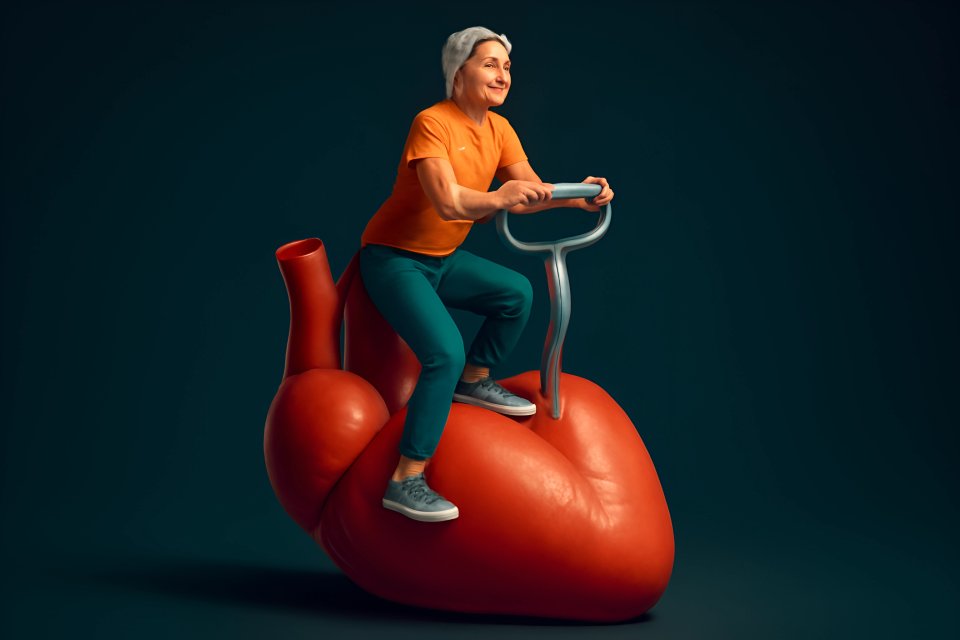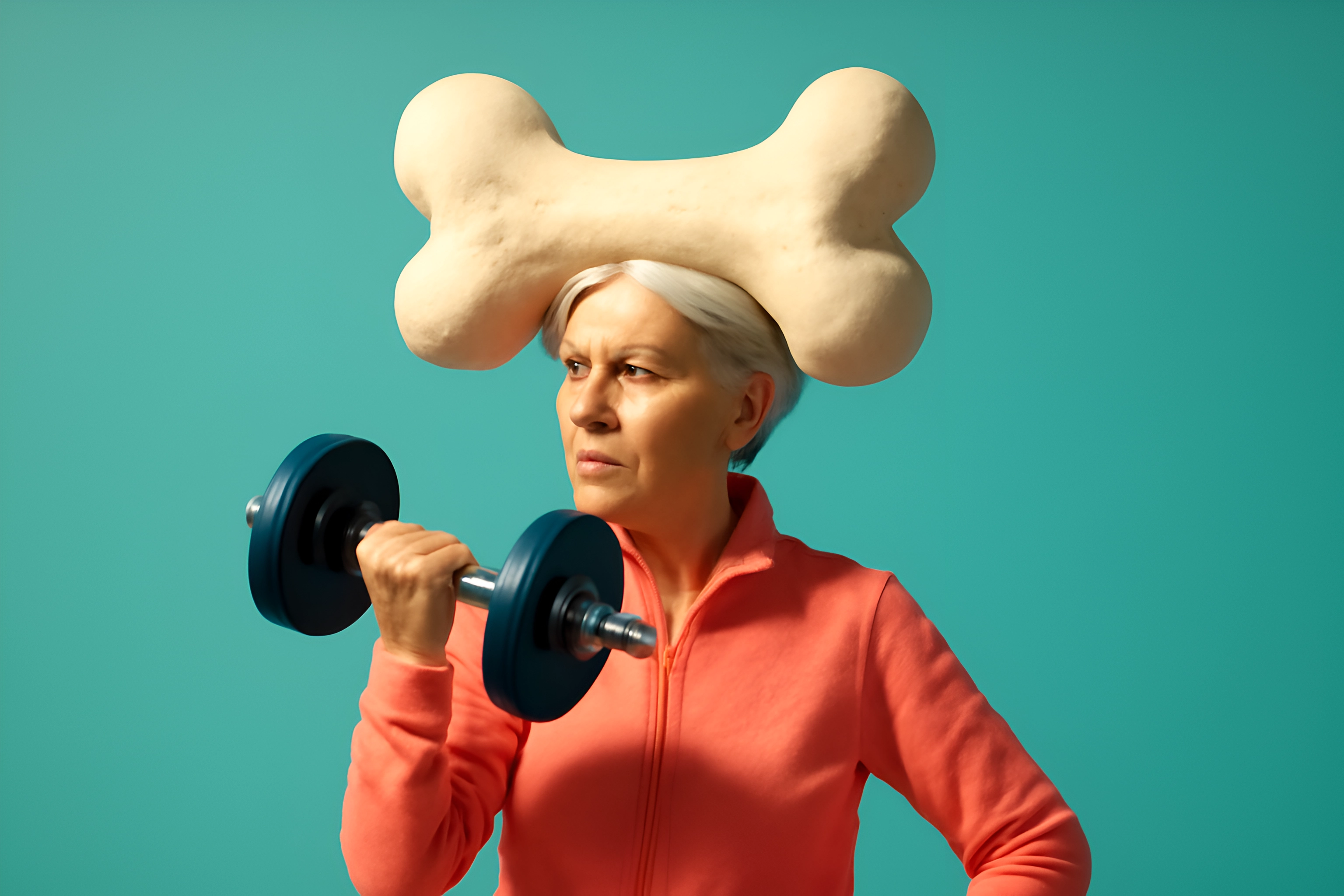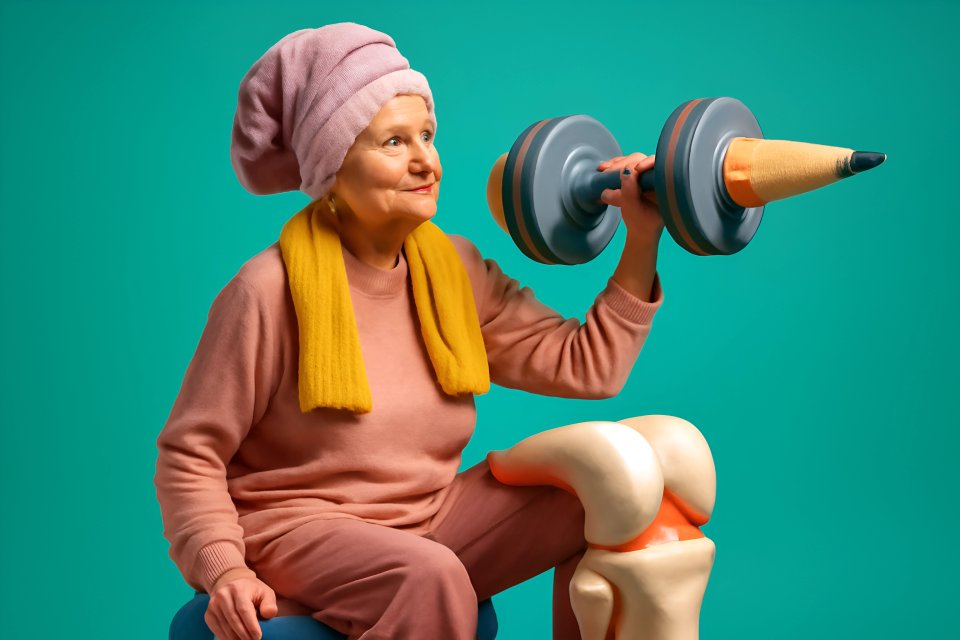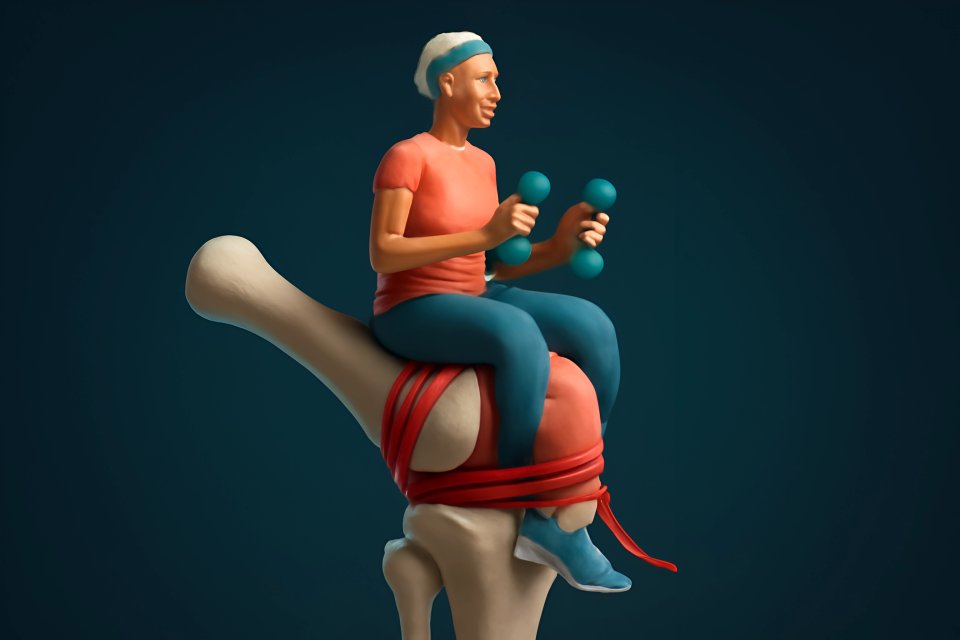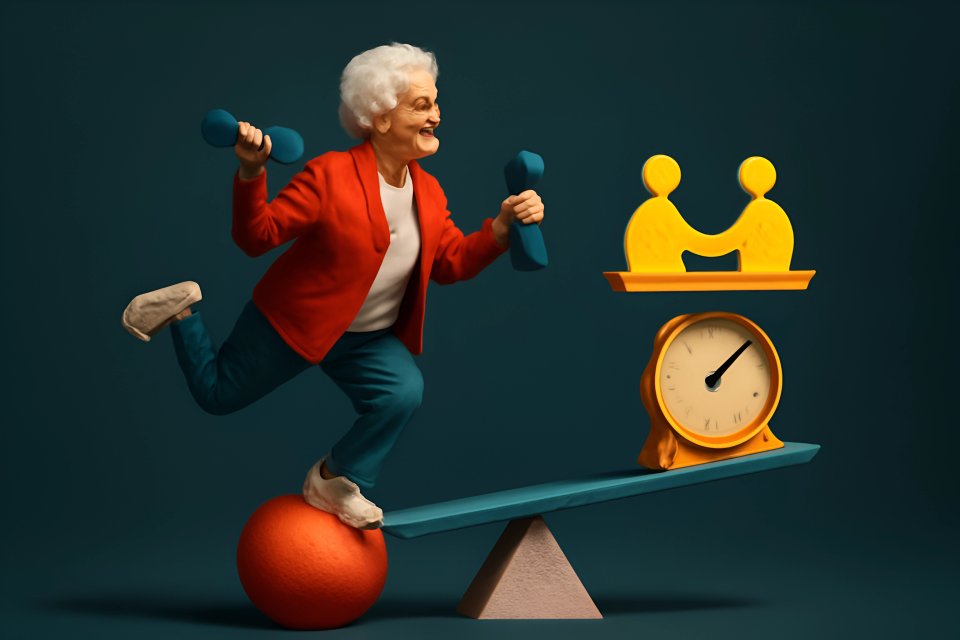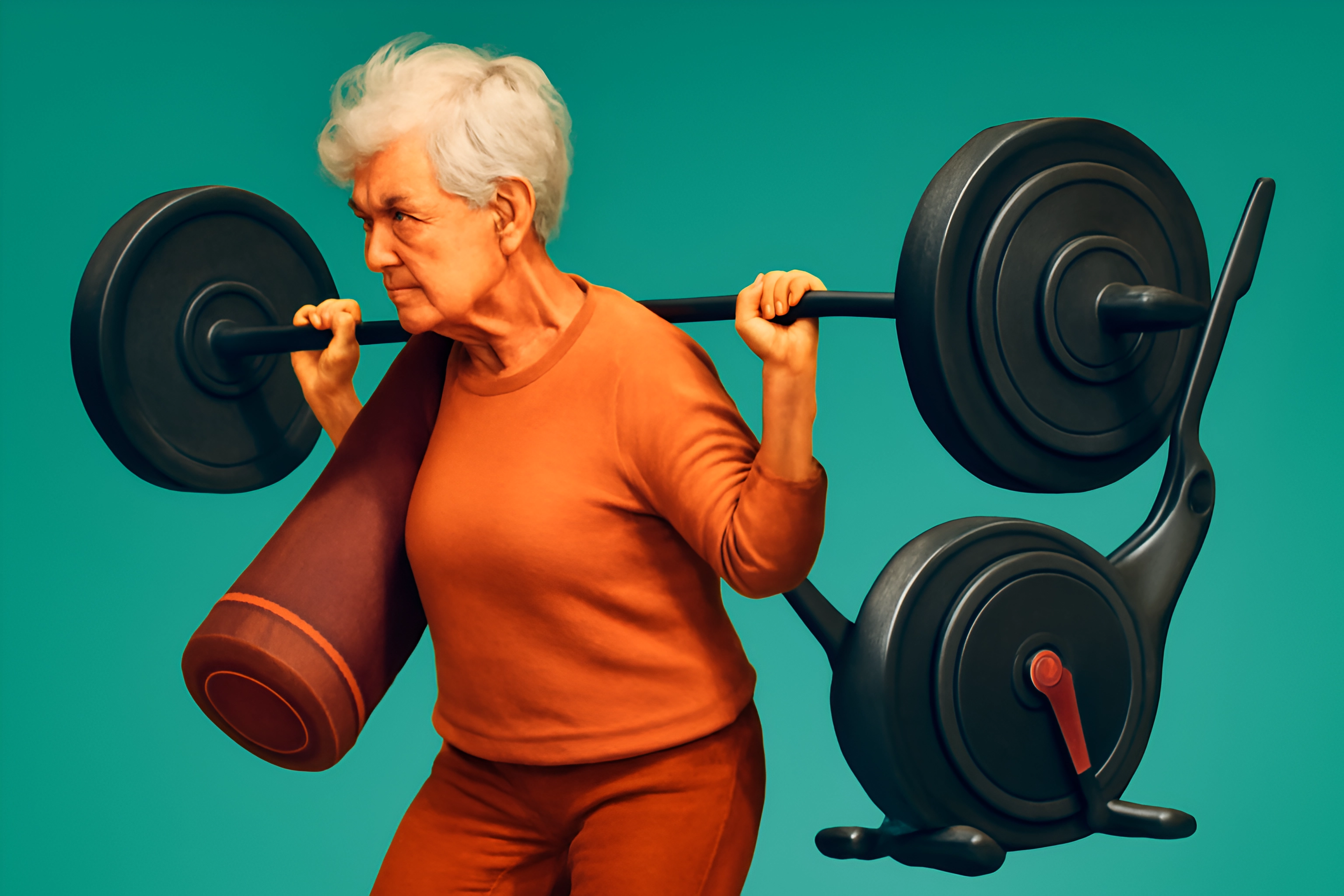
How to Move Better, Feel Stronger, and Reclaim Your Active Life
It’s a cruel joke, isn’t it? Your body aches, a constant, nagging reminder of limitations you never asked for. Every doctor, every article, every well-meaning friend tells you the same thing: “You need to exercise.” But how can you possibly move when the very act of moving sends daggers of pain through your joints and muscles? This is the pain paradox, a frustrating cycle where the fear of more pain keeps you still, yet the stillness only makes the stiffness and weakness worse.
You feel trapped. You want to play with your grandkids, take that walk on the beach, or simply get through a day at the grocery store without wincing. But the fear holds you back, whispering that any wrong move could set you back for days. At FitOverFifty, we understand this battle because we’ve seen it, and we know that exercise isn’t about punishment or pushing through agony; it’s about empowerment.
This is your practical guide to breaking that cycle for good. Forget the "no pain, no gain" nonsense that doesn't apply to you. We are going to show you how to work with your body, not against it, using smart, gentle, and powerfully effective strategies to manage chronic pain, build functional strength, and reclaim the active, vibrant life you deserve.
The "Why" Behind the "How": Understanding Exercise and Chronic Pain
So, how can movement possibly be the answer to pain caused by movement? It sounds counterintuitive, but the science is clear and on your side. Your body is equipped with its own internal pharmacy, and gentle exercise is the key that unlocks it.
When you engage in low-impact physical activity, your brain releases powerful chemicals called endorphins. These are your body’s natural pain relievers, and they work on the same receptors as many prescription pain medications, but without the side effects. A comprehensive Cochrane overview published by the NCBI confirms that for adults with chronic pain, exercise can reduce pain severity and improve physical function, giving you a powerful, drug-free tool for relief.
Think of your muscles as a living support system for your skeleton. When muscles are weak, your joints—especially your knees, hips, and back—are forced to bear the full brunt of every step and movement. By strategically strengthening the muscles around a sore joint, you build a natural brace that absorbs shock and reduces the load, providing stability and security. It’s not about becoming a bodybuilder; it’s about building the strength you need for a life with less pain.
The Golden Rules: Your Safety-First Checklist
Before you take a single step, you need a game plan. This isn’t about jumping into a high-intensity workout; it’s about building a foundation of trust with your body again. These golden rules are your non-negotiable pact with yourself to move safely, smartly, and sustainably.
Rule #1: Consult Your Doctor or Physical Therapist
This is the most critical step. Your pain is unique to you, and a one-size-fits-all approach is a recipe for disaster. As experts at Serenity Healthcare Partners emphasize, creating a plan with a professional who understands your specific condition is paramount. They can help you identify which movements will help and, just as importantly, which ones to avoid.
Rule #2: Start Low and Go Slow
Forget everything you think you know about a "real" workout. Your new mantra is consistency over intensity. A 10-minute gentle walk or a few simple stretches done daily is infinitely more valuable than one grueling hour-long session that leaves you bedridden for a week. Your goal is to build momentum, not burn out.
Rule #3: Listen to Your Body (Really Listen)
Your body is constantly sending you signals, and it’s time to learn its language. We need to distinguish between good pain and bad pain. Good pain is the gentle fatigue or mild burn in your muscles that signals they are getting stronger. Bad pain is sharp, stabbing, or shooting pain, especially in a joint, which is a clear signal to stop immediately.
Rule #4: Warm-Up and Cool-Down are Non-Negotiable
Think of your warm-up as a gentle wake-up call for your muscles and joints. Five minutes of light movement, like marching in place or arm circles, increases blood flow and prepares your body for activity. A cool-down, consisting of gentle stretches, helps prevent post-workout soreness and improves your flexibility over time.
The Best Low-Impact Workouts for Pain Relief (Your New Best Friends)
Ready to move? The key is choosing activities that build you up without breaking you down. These low-impact workouts are renowned for their ability to improve strength, flexibility, and cardiovascular health while being incredibly kind to your joints.
Water Aerobics & Swimming
Imagine a workout where you feel virtually weightless. That’s the magic of water. The buoyancy supports your body, taking all the pressure off your aching joints while the water provides gentle resistance to strengthen your muscles. As noted by GoodRx in their guide to fibromyalgia exercises, water-based activities are fantastic for reducing pain and stiffness while improving overall function.
Tai Chi
Often called "meditation in motion," Tai Chi is a game-changer for those with chronic pain. This ancient practice involves slow, flowing, and deliberate movements that enhance balance, improve flexibility, and calm the nervous system. Research highlighted by the Northern Pain Centre suggests that practices like Tai Chi can even positively affect the brain structures involved in processing pain. For a deeper dive into this practice, explore how to combine mindful meditation and Tai Chi for stress relief.
Recumbent Cycling
A standard upright bike can put stress on your wrists, shoulders, and lower back. A recumbent bike, with its comfortable chair-like seat and back support, allows you to get a fantastic cardiovascular workout without aggravating sensitive areas. You can build endurance and leg strength while your back and joints are fully supported.
Gentle & Restorative Yoga
Not all yoga involves twisting yourself into a pretzel. Gentle and restorative yoga focuses on foundational poses, deep breathing, and relaxation to release muscle tension and lubricate your joints. It’s a practice that connects mind and body, helping to reduce the stress that so often amplifies the perception of pain.
Bodyweight Strength Training
You don’t need heavy weights to build functional strength. Using your own body weight is a safe and effective way to target key muscle groups. Simple movements like wall push-ups, glute bridges, and chair squats build the strength you need for everyday activities, like getting up from a chair or carrying groceries. For more ideas, check out our ultimate guide to joint-friendly exercise.
Smart Exercise Modifications for Chronic Pain in Seniors
"Listen to your body" is great advice, but what do you do when your body says "no" to a standard exercise? The answer isn't to give up; it's to modify. Here are some simple swaps for common pain points.
If You Have Achy Knees
The thought of a deep squat might make your knees scream. The high-impact and deep flexion can put too much pressure on the joint.
Instead of: Deep squats or lunges.
Try: Wall sits or glute bridges. A wall sit allows you to strengthen your quads and glutes in an isometric hold without bending the knee under a heavy load. Glute bridges strengthen your posterior chain, which provides crucial support for your knees, all while you are lying comfortably on your back.
If You Have a Sore Back
Traditional core exercises like crunches can put dangerous pressure on the lumbar spine, making back pain worse.
Instead of: Crunches or toe-touches.
Try: Bird-dog or pelvic tilts. The bird-dog exercise teaches you to engage your core to stabilize your spine in a neutral position, building true functional strength. Gentle pelvic tilts help to mobilize the lower back and activate the deep abdominal muscles without stressful flexion. As Harvard Health notes, core-strengthening exercises are highly beneficial for back pain.
If You Have Stiff Shoulders
Pressing weights overhead can cause impingement and pain in a tight or arthritic shoulder joint.
Instead of: Overhead presses with heavy weights.
Try: Wall push-ups or resistance band pull-aparts. Wall push-ups strengthen your chest and shoulders in a safe, closed-chain motion. Band pull-aparts are fantastic for strengthening the small muscles in your upper back that support posture and shoulder health, helping to pull your shoulders back and down into a more stable position. For more ideas, explore our guide to practical strength training modifications for seniors with joint pain.
Beyond the Workout: Essential Recovery & Wellness Habits
What you do between your workouts is just as important as the exercise itself. Managing chronic pain is a holistic effort that requires a 360-degree approach to your well-being. These simple habits can dramatically improve your results and your overall quality of life.
Strategic Use of Heat and Ice
Remember this simple rule: heat for stiffness, ice for inflammation. Applying a heating pad to a stiff back or achy joint for 15 minutes before you exercise can help loosen things up. If you feel sore or notice swelling after your workout, an ice pack for 15 minutes can help calm the inflammation.
Prioritize Sleep
Sleep is when your body does its most important repair work. During deep sleep, your body releases growth hormone, which helps repair muscle tissue and reduce inflammation. Aim for 7-9 hours of quality sleep per night to give your body the time it needs to recover and heal.
Mindful Nutrition
Chronic pain is often linked to chronic inflammation. You can fight this from the inside out by focusing on an anti-inflammatory diet rich in omega-3 fatty acids (like salmon and walnuts), leafy greens, berries, and turmeric. To learn more, read our guide on nutritional strategies to reduce inflammation for active seniors.
Gentle Stretching
Incorporate gentle stretching into your daily routine, not just your workout cool-down. Simple stretches held for 30 seconds can help maintain flexibility, reduce stiffness, and improve your range of motion over time. This is a simple investment that pays huge dividends in how you feel each day.
Stay Hydrated
Your muscles and the cartilage in your joints are made up of a lot of water. Dehydration can increase muscle cramping and joint friction. Make a conscious effort to drink water throughout the day to keep your body’s systems running smoothly.
Conclusion: Redefining Fitness and Embracing Your Strength
Let’s be clear: managing chronic pain with exercise is not about gritting your teeth and pushing through agony. It’s about outsmarting your pain. It’s about discovering a new, more intelligent way to move that honors your body’s limits while gently expanding them.
You are redefining what fitness means for you. It’s not about running a marathon; it’s about walking to the mailbox without pain. It’s not about lifting the heaviest weights; it’s about being able to lift your grandchild. This journey is about celebrating what your body can do and taking back control, one mindful, gentle movement at a time.
You are stronger than you think. The courage it takes to face your pain and decide to move is immense. Embrace that strength, start slow, and be patient with yourself. Your journey to a more active, comfortable life starts not with a leap, but with a single, mindful step. You've got this.
Call to Action
We know this journey is personal. What is one low-impact activity you enjoy or are willing to try this week? Share your thoughts and experiences in the comments below—your story could inspire someone else.


